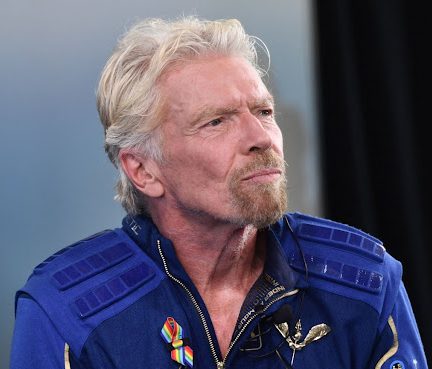How Virgin Orbit lost a billion dollars
May 25, 2023

There’s an old joke amongst boat owners, which goes: “How do you end up with a $100,000 boat?” The answer is, “You start with a $200,000 boat.”
Boats are a famous money pit, but so – it seems – is investing in a project such as Sir Richard Branson-backed Virgin Orbit. On May 25th, Virgin Orbit’s sister company Virgin Galactic, thankfully no longer connected with Virgin Orbit, is due to launch a test flight of its Unity/Eve combination. There will be eight passengers on board the sub-orbital test flight.
But analysts are poring over the bankruptcy numbers from Branson’s failed business. It truly went from ‘hero’ with a 2021 valuation of $3.5 billion to being sold for a next-to ‘zero’ $36 million, which makes the investment loss over the six years of hard work truly of staggering proportions.
The buyers of Virgin Orbit’s key assets (RocketLab, Stratolaunch and Vast Space’s Launcher) have all negotiated bargain basement purchases.
But where did the money go, and how can a business lose so much cash? The first answer is in staffing. A work force of some 750 engineers and technicians needs to be paid. But there’s criticism of Branson and his CEO Dan Hart. Hart, an ex-Boeing systems engineer supervised an evolving disaster in the making.
Virgin Orbit’s most recent quarter-year’s trading results showed that it suffered a net loss of $43.6 million on revenue of $30.9 million. Indeed, the company had already discovered that it could never make a profit. It charged $12-$15 million per launch (of a few hundred kilograms) and thus near-impossible to square its own cost base.
By May 2020 it had spent almost $1 billion, and break-even seemed a lifetime away. Virgin orbit’s staff costs were running at about $150 million annually. Even assuming a profit of some $10 million per launch it would have had to find enough customers to launch 30 times annually to get close to break-even. That demand simply didn’t exist.
At the bankruptcy auction nobody expressed any interest in the completed and part-completed LauncherOne rockets and engines. Consequently, there seems no prospects of any sort of ‘going concern’ revival of the business.
Potential customers for Virgin Orbit included government and military, as well as commercial clients. The company declared a $143 million backlog of contracts last year. However, the bankruptcy filings make clear that Virgin could not match the prices of rivals, while also struggling to increase the pace of launches quickly enough to generate sustainable revenues. While six launches were planned for last year, only two were accomplished. Over the life of the company, accumulated losses came to just over £1bn, the Court filings showed.
But there are other knock-on consequences. The end of the business could also now impact the various other airfield-based ‘horizontal’ launch sites around the world. One high-profile business to be potentially affected could be ‘Spaceport Cornwall’ at Newquay airport in the south-west of England. This was the site of the last Virgin Orbit launch which ended in failure.
Other posts by Chris Forrester:
- Thuraya-3 suffers major problem
- AST SpaceMobile hit by Class Action
- Optimism under threat at SES
- Rivada visits Terran Orbital’s manufacturing HQ
- Avanti wins spectrum debt obligation case
- SpaceX breaks records for re-use launchers
- IRIS2 already in trouble?
- Intelsat contemplates next steps
- SpaceX: 2.7m customers and $180bn value
